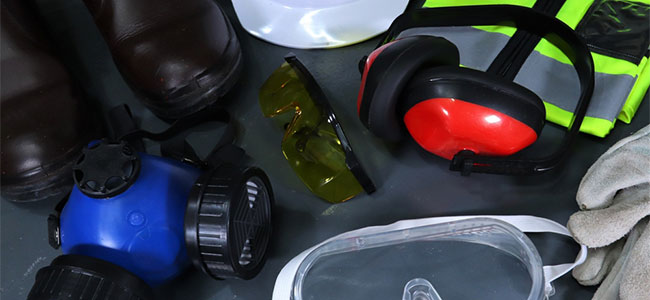
Chemical Processor Faces $479,700 Fine for Worker Exposure to Toxic Gases
The investigation follows more than 60 violations at Two Rivers Terminal in 2022.
- By Robert Yaniz Jr.
- Sep 05, 2023
Washington State’s Department of Labor & Industries (L&I) has fined Two Rivers Terminal $479,700 for serious safety violations, including exposing a worker to toxic hydrogen sulfide gas without proper respiratory protection.
In a release dated August 31, L&I announced the Moses Lake, Washington-based manufacturer was fined in July. During the incident in question, the worker was unloading molten sulfur from a railcar, became incapacitated and fell, suffering serious injuries. He was not wearing a hydrogen sulfide gas monitor, respiratory protection or fall protection. Notably, he had a full beard, preventing a proper respirator seal. Monitors were not issued until the next day.
“It’s hard to overstate how serious a risk they were taking with their workers’ lives,” Craig Blackwood, assistant director for L&I’s Division of Occupational Safety and Health, said in a statement. “We’re focusing our enforcement efforts on making sure Two Rivers is doing everything it must to ensure its workers return home safely at the end of the day.”
Two Rivers Terminal’s management admitted to changing the unloading process from tank trucks to railcars months before the incident, without assessing new process dangers. Work was stopped by a court order on January 26 until safety measures were implemented. The order was lifted on February 6. However, inspectors observed unsafe practices again on February 16.
During the July investigation, L&I cited Two Rivers Terminal for seven willful serious violations, seven serious violations and four general violations. This incident follows over 60 safety violations cited at Two Rivers Terminal in October 2022, six of which were repeated in the recent citations. The company is appealing both the 2022 and 2023 citations.
About the Author
Robert Yaniz Jr. is the former Content Editor of Occupational Health & Safety.